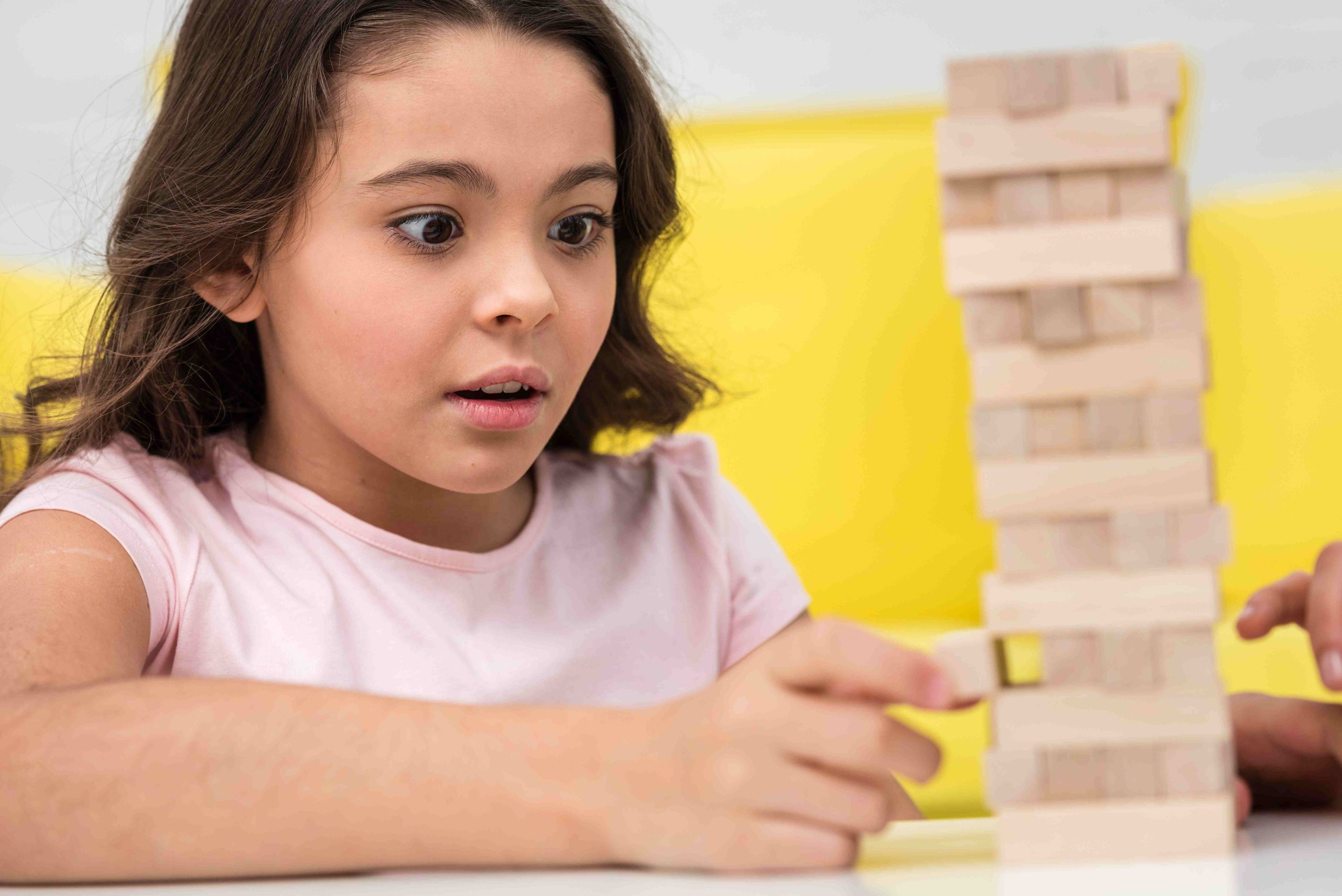
Empowering Preschoolers Through Self-Testing Strategy
In the current education system, it is critical to enable preschoolers to be self-sufficient learners. Self-testing strategy is an effective way to develop skills in preschoolers, promoting metacognitive thinking, problem-solving skills, and understanding of their learning process. This article explores self-testing strategies for preschoolers, highlighting the benefits and suggesting practical ways to implement them in classrooms and homes.
Understanding Self-Testing Strategy
Self-testing strategy refers to the process of testing oneself to evaluate knowledge and skills. It is a powerful metacognitive tool that enables preschoolers to monitor their learning progress, identify gaps in knowledge, and adjust their learning goals accordingly. It involves different types of testing, including self-quizzing, self-evaluation, self-correction, and self-monitoring. The aim is to foster active learning and self-directedness in preschoolers, preparing them for future academic challenges.
Benefits of Self-Testing Strategy for Preschoolers
Self-testing strategy has several benefits for preschoolers. Firstly, it enhances their memory retention by promoting recall and recognition of information. Secondly, it improves their critical thinking and problem-solving skills by enabling them to identify and correct their mistakes. Thirdly, it fosters metacognitive thinking, enabling preschoolers to become self-aware of their learning process. Finally, it promotes self-confidence, enabling preschoolers to take ownership of their learning process and become independent learners.
Practical Implementation of Self-Testing Strategy for Preschoolers
There are several ways to implement self-testing strategies in preschool classrooms and homes. Firstly, educators can provide preschoolers with a self-testing toolkit that includes questions, quizzes, and prompts for self-testing. Secondly, educators can encourage preschoolers to create their questions and quizzes based on the learning material, enabling them to take ownership of their learning process. Thirdly, educators can provide regular opportunities for preschoolers to reflect on their learning process, identify areas for improvement, and set new learning goals.
Challenges and Solutions
Although self-testing strategy has several benefits for preschoolers, it also poses some challenges. Firstly, preschoolers may struggle to evaluate their knowledge accurately, leading to overconfidence or underestimation of their abilities. Secondly, self-testing may be perceived as a tedious or boring activity by some preschoolers, leading to disengagement or lack of motivation. To address these challenges, educators can provide guidance and feedback on self-testing results, enabling preschoolers to understand their strengths and weaknesses accurately. They can also make self-testing more engaging by using gamification, storytelling, or other interactive methods that appeal to preschoolers.
Parental Involvement in Self-Testing Strategy
Parents play an important role in supporting the self-testing strategy of preschoolers. They can provide a conducive learning environment at home by allocating specific time and space for self-testing activities. They can also participate in the self-testing process by asking their preschoolers questions related to the learning material and providing feedback on their responses. Moreover, parents can encourage their preschoolers to set goals and celebrate their achievements, promoting a positive attitude towards learning.
Best Practices for Self-Testing Strategy
- Start with simple questions and gradually increase the complexity based on the preschooler’s level of understanding.
- Encourage preschoolers to explain their reasoning and thought process behind their responses.
- Provide constructive feedback on their responses, highlighting strengths and areas for improvement.
- Use a variety of self-testing methods, such as flashcards, quizzes, and games to make the process engaging.
- Use self-testing as a formative assessment tool to identify areas for improvement and adjust teaching strategies.
- Encourage preschoolers to reflect on their learning process regularly and set new learning goals.
Future Directions for Self-Testing Strategy in Preschool Education
As education evolves, self-testing strategy can continue to play a crucial role in preschool education. In the future, educators and researchers can explore digital self-testing tools, peer-assisted self-testing, cross-curricular self-testing, and self-testing for non-cognitive skills to enhance preschoolers’ learning experiences.
Resources for Implementing Self-Testing Strategy
- Self-testing tools: Various online tools like flashcards, quizzes, and games.
- Teaching guides: Resources providing guidance for implementing self-testing strategy.
- Professional development programs: Programs focusing on self-testing strategy in preschool education.
- Educational conferences: Events with sessions on self-testing strategy in preschool education.
Tips for Implementing Self-Testing Strategy
- Start with simple concepts and gradually increase complexity.
- Use a variety of testing tools to keep preschoolers engaged.
- Provide feedback to reinforce positive behavior.
- Make self-testing fun and enjoyable.
- Encourage self-reflection and involve parents in the process.
Conclusion
Implementing self-testing strategy in preschool education can be challenging, but with the right approach, educators and parents can promote better learning outcomes for preschoolers. By addressing challenges, utilizing best practices, and considering future directions, self-testing strategy can become a valuable tool in preparing preschoolers for lifelong learning and success.


